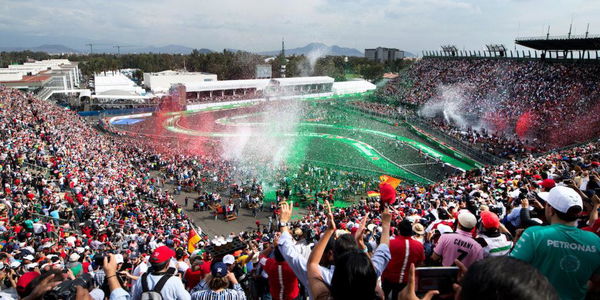

Formula 1 is examining into improving its show. It has reached out to an inside and out investigation of the feelings of its fans on race day.
Previous Williams technical chief Pat Symonds is among a board of specialized experts working under Ross Brawn. The board is trying to reinforce the on-track activity and amusement esteem during races. He said Formula 1 is doing “an awful lot” of the investigation into its research.
He uncovered this week that chosen fans had been wired-up a year ago before their screens to screen the force of their feelings during a race and accordingly relate energy with explicit moments happening during a race.
ADVERTISEMENT
Article continues below this ad

Formula 1 is at present chipping away at a heap of new sporting, technical guidelines that will come in 2021. The point is assisting with leveling the competitive playing field and improve the title both on and off the track.
Symonds says that separating the investigation places the accentuation on explicit activities or conditions in a race, which at that point gives the possibility to improve the display on the track by modifying, in addition to other things, rules or strategies.
ADVERTISEMENT
Article continues below this ad
Formula 1 using Bioanalytics
Formula 1 is using bioanalytics to get spectators’ data about races.
Pat Symonds said that Formula 1’s examination had uncovered that the fans’ evaluated a race all the more emphatically when its most energizing minutes happened towards the end instead of in its beginning periods.
Formula 1 is trying to improve the sport by monitoring skin responses of fans to know what really excites them.
ADVERTISEMENT
Article continues below this ad
“We absolutely are focused on what’s good for the sport, what makes a good race. You’d be amazed at the amount of analysis that we’re doing on that. We’re doing an awful lot. Even down to things that we have people wired up while they’re watching races, and we’re looking at their galvanic skin response. We’re looking at their emotions when they’re watching races.” Pat Symonds explained at autosport international.
He added “From that, we’re starting to understand whether things are working. The Safety Car is a very good example. You’re not going to get 21 races like Germany last year, it’s just not going to happen. But what you can do is ensure that you get 15 really good races, and the other six are pretty good as well.”
ADVERTISEMENT
ADVERTISEMENT
ADVERTISEMENT
